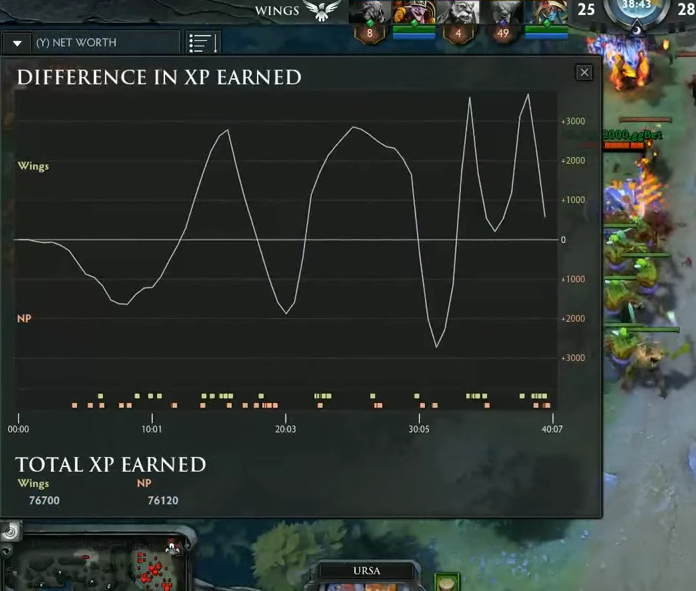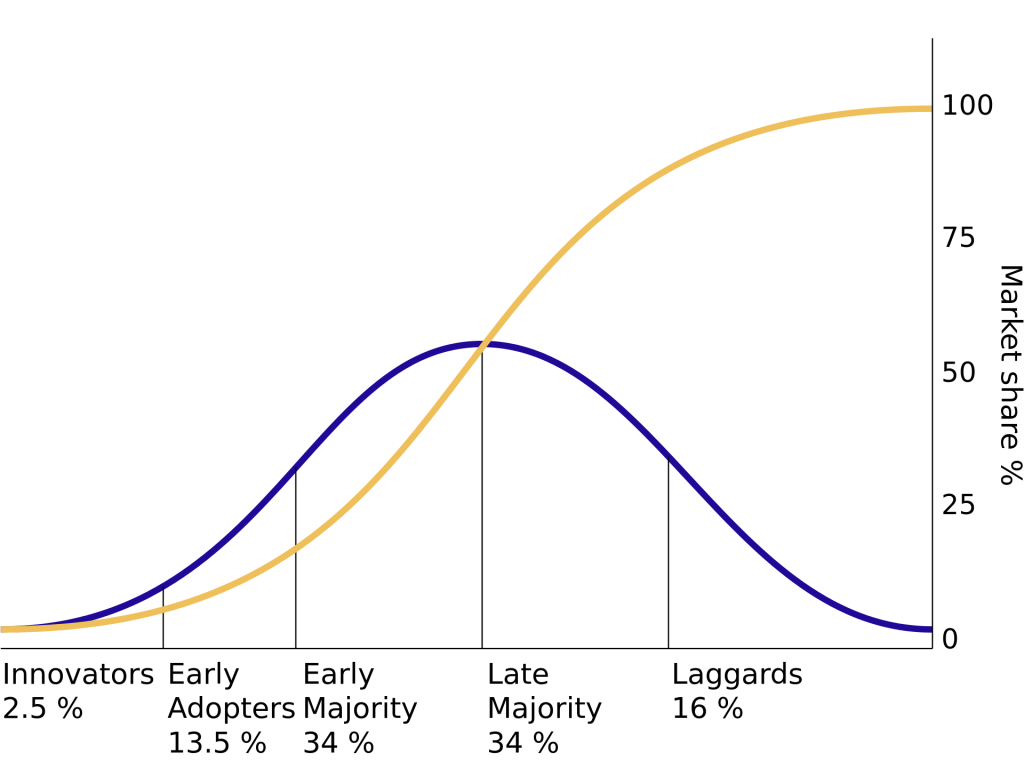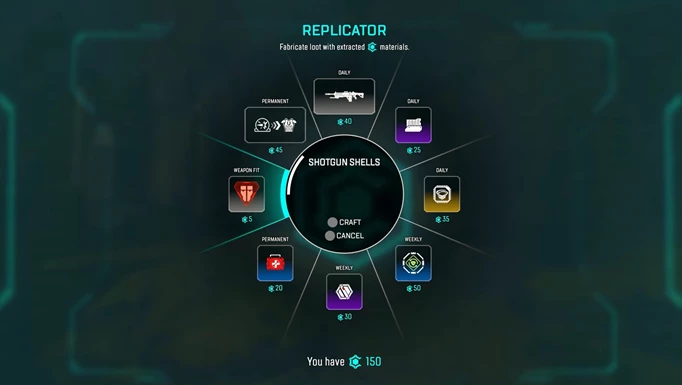Battle Royale and Roguelike are remaking game progression before our eyes. Popularized in earnest during the rise (and eventual pruning) of the MOBA genre, in-round progression mandates players accrue vertical power in the context of a single round.
MOBA sessions start with players farming in-round currency to spend on items that persist until the round or particular game is over. In addition to in-round currency, players earn XP that levels up characters for the round duration. Many teams secure victory by out-farming currency and XP relative to the opposing team; eSports commentators are fond of displaying progression charts during casts. A single XP chart becomes the scoreboard of the game and a big predictor of victory.

In-round progression completely alters the salary profile game designers pay players. If we think of rewarding player action with progression as a wage rate, in-round progression radically alters the incentives. Instead of optimizing for the long-run, in-round progression presents a 30-60min time horizon to players.
The Late Majority
Even without engaging the opposing team in direct combat, merely taking action under a game with in-round progression means to compete. In-round progression suggests that every choice is strategic. If the opposing team finds a method to progress faster, their win probability increases via increased vertical power. PvE environments like those found in Hades face a different but still game-altering change of incentives. Hades rewards players with Boons or character upgrades that persist for the duration of the dungeon run. While progression is not a race in this context, the acquisition and choice of Boons becomes a focal point for player success. And because progression resets at the end of a dungeon run, designers have the freedom to make progression in a round feel significant and powerful without fear of players hitting a level cap or out chasing difficulty.
Out-of-round progression is distinct from by in-round progression virtue of persistence across sessions. An MMO like World of Warcraft progresses players by having them gain permanent power from levels and equipment; there is no reset.

The RTS genre first played with in-round vertical power but struggled as a genre to find a way into the mainstream lexicon. If we imagine game design as a sort of “technology,” we can model the diffusion of ideas similar to technology. Following the same S-shaped diffusion curve, the RTS genre is an early adopter, and the MOBAs are an early majority.
Technology Diffusion S-Curve

The late majority is upon us. Both Battle Royale (BR) and the emerging Roguelike have seamlessly integrated in-round progression concepts into their sessions.
BR and Rougelike
An underrated feature of Battle Royale is the looter-shooter power creep across a session. Games like The Cycle take this further with explicit leveling within a round. Gear in Battle Royales explicitly contains power ratings; some guns and shields are better than others. But even beyond gear, Battle Royales are also incorporating in-round currency.

In-round progression pairs perfectly with the Roguelike genre of repeated dungeon runs. Hades has sold more than 2M copies on Steam to critical acclaim following over 1.5M copies of Slay the Spire; queue the indie paradigm shift.
In-round progression has touched an increasing number of genres to great applause. It remains to be seen how the “Laggards” will deploy the mechanic.